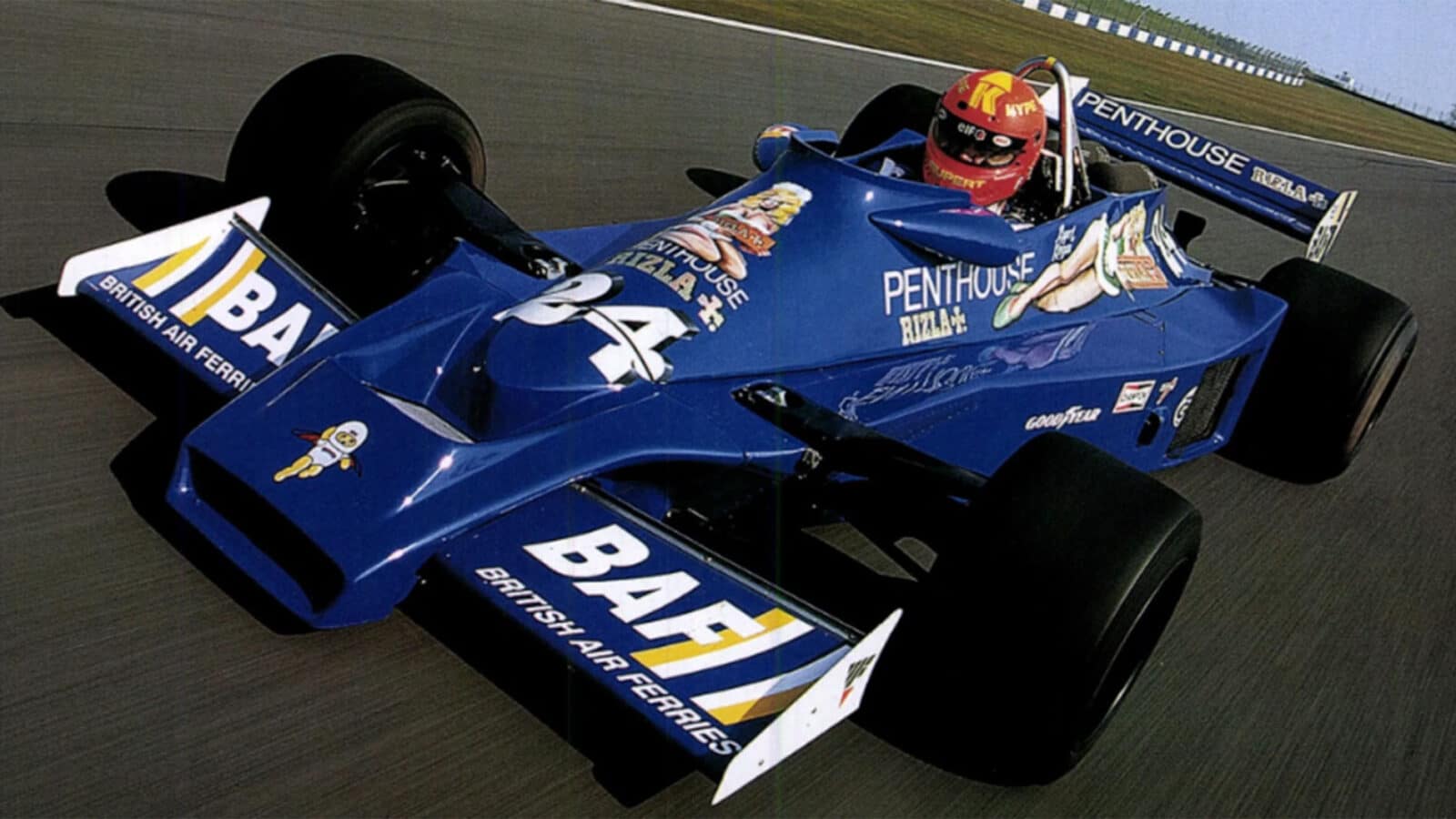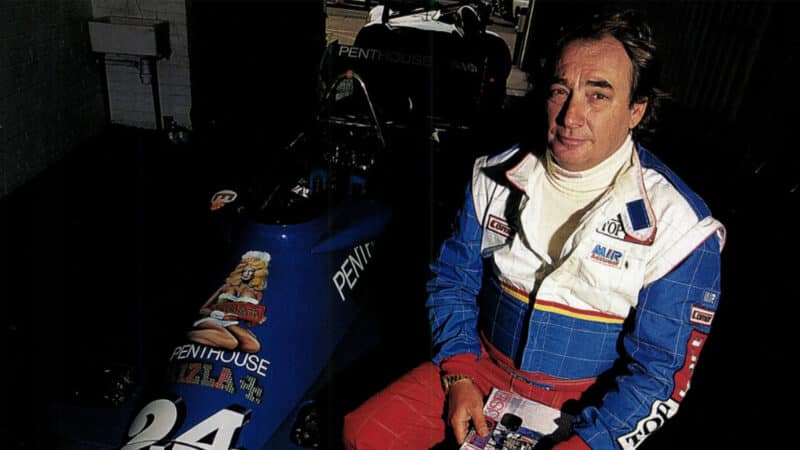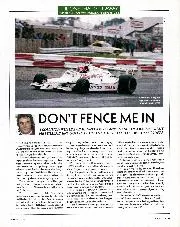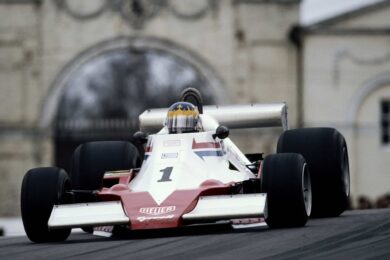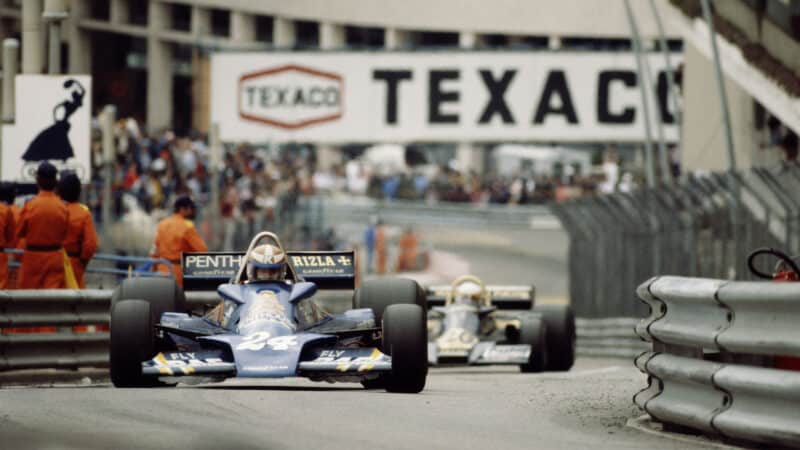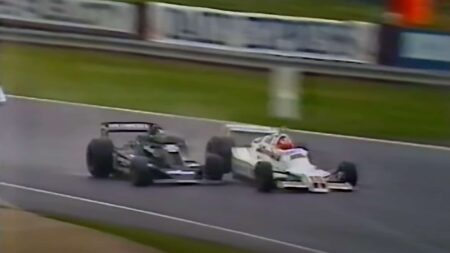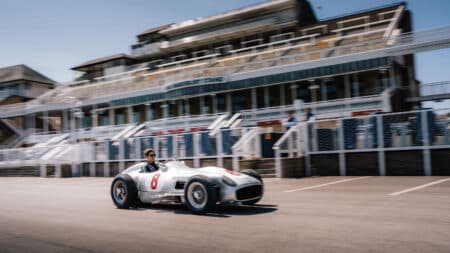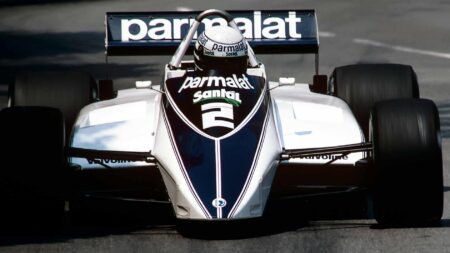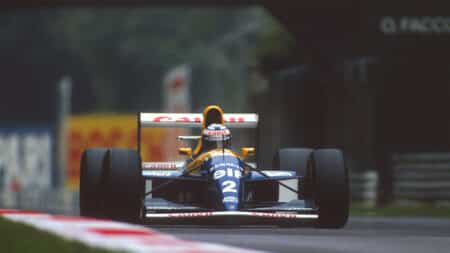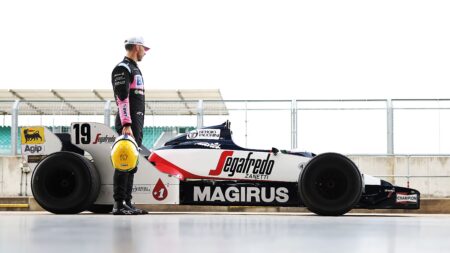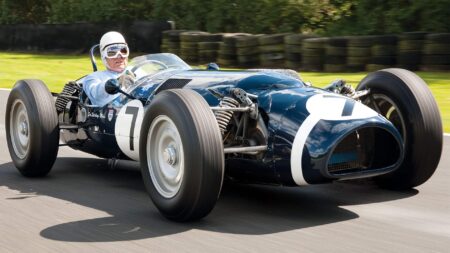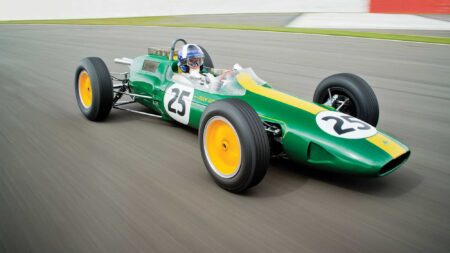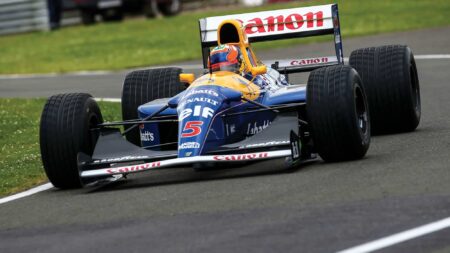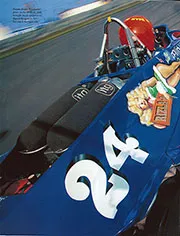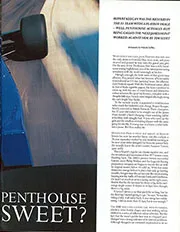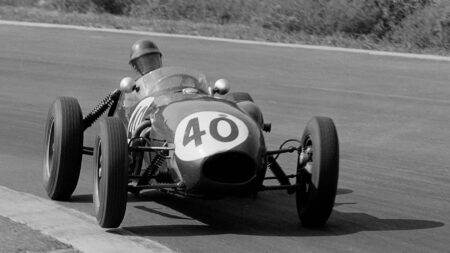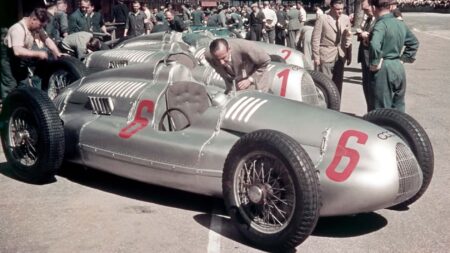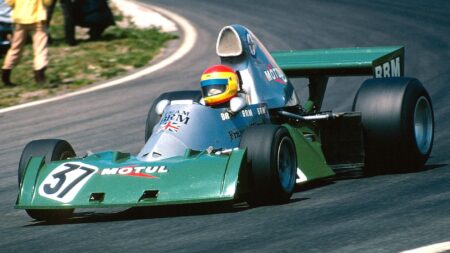It may have been a shell of the original team, but Horsley was putting the pieces in place for a better 1977. One of his drivers the previous year was sponsormeister Guy Edwards, who had landed backing from Penthouse and Rizla. They agreed to stay on, and promising young designers Frank Dernie and Nigel Stroud produced the neat, all-new 308E. All they needed now was a good young driver, a natural successor to the inspirational Hunt.
“‘Bubbles’ came to see me at the 1976 F3 finale at Thruxton,” says Keegan. “He put it simply: ‘If you win the title today, we’ll give you a drive in F1 next season.’ It was between Bruno Giacomelli and me, and we never got past the first corner: I was champion, and in F1.”
In just three years Keegan had gone from Formula Ford to the top, and he clearly possessed a genuine gift. He had won the first three F3 races of 1976 in a two year-old March, although he’s quick to recognise the part played by his brilliant young engineer, Adrian Reynard.
What Keegan also had was a wealthy father willing to back his son’s career. Mike Keegan, owner of British Air Ferries, even bought FFord chassis constructor Hawke to aid Rupert’s path. The cynics had already attached to Keegan the undesirable tag of a rich-kid playboy who was paying his way to the top.
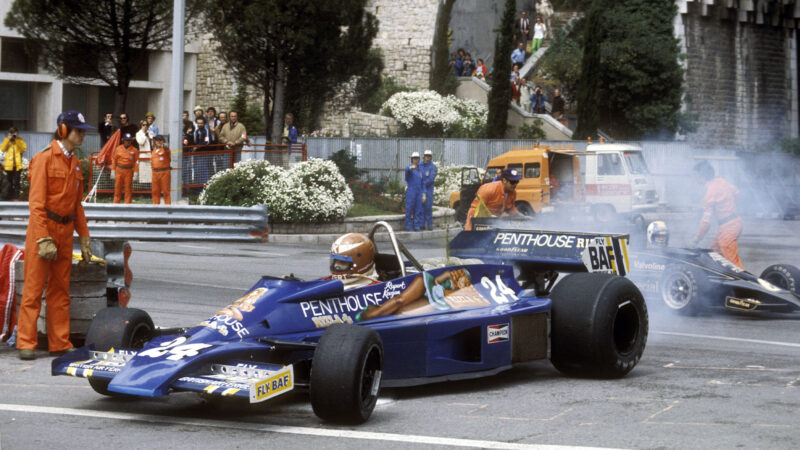
Keegan has a moment during practice for the ’77 Monaco GP
Grand Prix Photo
Keegan, therefore, was eager to prove he deserved his place in F1 on merit, but the lack of funds meant he missed the first three fly-away races of 1977. He immediately made waves on his and the 308E’s F1 debut in the Race of Champions at Brands Hatch, running as high as fourth and pulling off a stunning overtaking manoeuvre around the outside of Jackie Oliver’s Shadow at Paddock Hill bend.
His world championship debut at the Spanish GP was also encouraging. Qualifying 16th, he made his way through the field and was battling for eighth with Ronnie Peterson and Alan Jones before he had an accident. The point had still been made: this Keegan fellow was committed and brave, and maybe deserved his F1 place after all.
Still, being surrounded by scantily clad women can lead to you not being taken as seriously as you might like. Penthouse was making the most of its opportunity in the glamorous paddock, a posse of ‘pets’ attending every race. Keegan was left with the arduous task of spending time with them to satisfy his sponsors.
“We wouldn’t party at the weekend, we’d go to bed early,” he insists. “But Penthouse did enliven my playboy image, because I was surrounded by all these women. I was 21 years old. What was I supposed to do – object?
“It didn’t make it any better when I joined Surtees the next year – now I was sponsored by Durex!”
